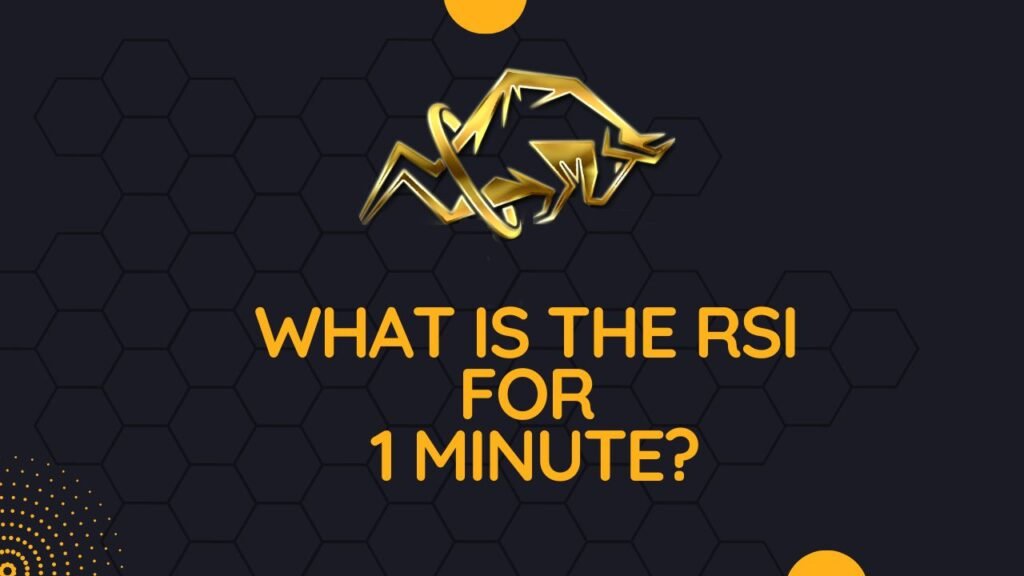
When it comes to trading and technical analysis, the Relative Strength Index (RSI) is a powerful tool that provides insights into the momentum of a financial instrument. The RSI, typically used on longer timeframes like 15 minutes, 1 hour, or daily charts, can also be adapted for shorter intervals like the 1-minute chart. In this article, we’ll delve into the world of RSI for 1 minute and explore its significance for traders.
What is RSI?
The RSI is a momentum oscillator that measures the speed and change of price movements. It oscillates between 0 and 100, indicating overbought conditions when it’s high (usually above 70) and oversold conditions when it’s low (typically below 30). Traditionally, the RSI is calculated based on the closing prices over a specified period, often 14 periods.
RSI on the 1-Minute Chart
Adapting RSI for the 1-minute chart involves some nuances due to the rapid price fluctuations inherent in such short timeframes. The key is to maintain a balance between responsiveness and reliability. For instance, using a shorter period like 5 or 7 can make the indicator more sensitive, but it might also generate more false signals.
Benefits and Challenges
Benefits
- Quick Signals: RSI for 1 minute can provide swift signals that cater to traders who seek rapid market entries and exits.
- Precision: It helps identify short-term overbought and oversold conditions, aiding in precise decision-making.
- Scalping Opportunities: Traders engaged in scalping strategies can benefit from the timely insights offered by RSI on the 1-minute chart.
Challenges
- Noise: Short-term charts are susceptible to market noise, which can lead to false signals. Combining RSI with other indicators or confirmation techniques is advisable.
- Execution Speed: Given the fast-paced nature of 1-minute trading, executing trades based on RSI signals requires a robust trading platform and quick decision-making.
Strategies for RSI on 1 Minute
Overbought/Oversold Bounces
- Look for RSI values above 70 for potential overbought conditions and below 30 for potential oversold conditions.
- Combine RSI signals with support and resistance levels to validate potential reversal points.
RSI Divergence
- Search for instances where the price makes a higher high or lower low while the RSI does the opposite.
- This could signal a potential reversal in the price direction.
Conclusion
In the realm of trading, every minute counts, especially for day traders and scalpers. Incorporating the RSI on the 1-minute chart can provide valuable insights for quick decision-making. However, it’s crucial to remember that no single indicator can guarantee success. RSI for 1 minute should be used in conjunction with other tools and techniques to enhance its accuracy.
So, if you’re a trader navigating the exciting but volatile world of 1-minute charts, consider adding RSI to your toolkit. Its ability to swiftly signal potential market movements could make a meaningful difference in your trading strategies.
Remember, trading involves risks, and it’s essential to conduct thorough research and practice prudent risk management before making any trading decisions.
Disclaimer: This article is for informational purposes only and should not be considered as financial advice. Trading in the financial markets involves risk and may not be suitable for all investors. Always do your research and consult with a professional financial advisor before making any trading decisions.